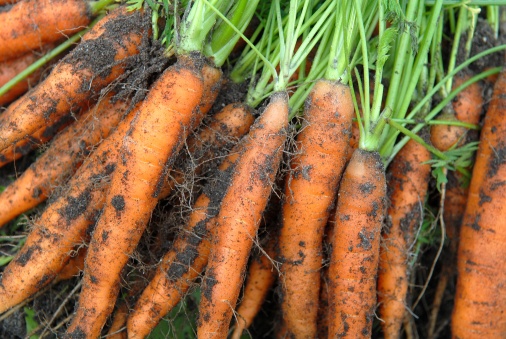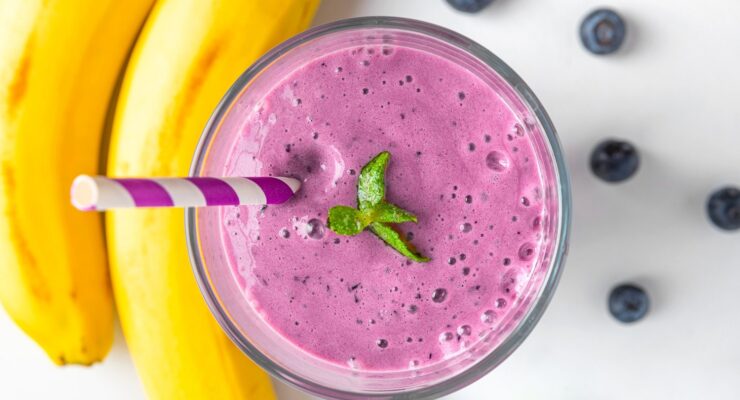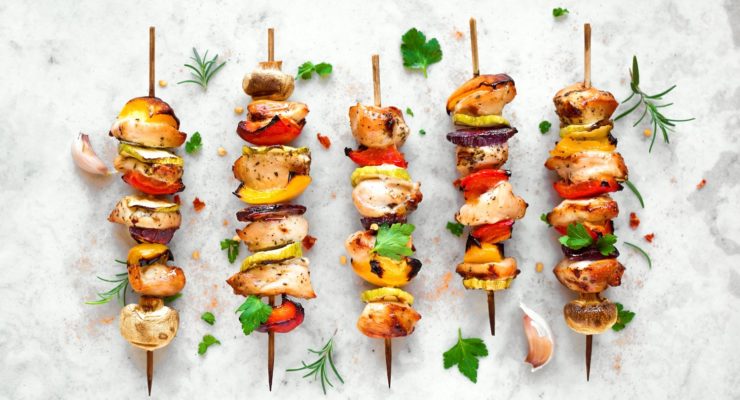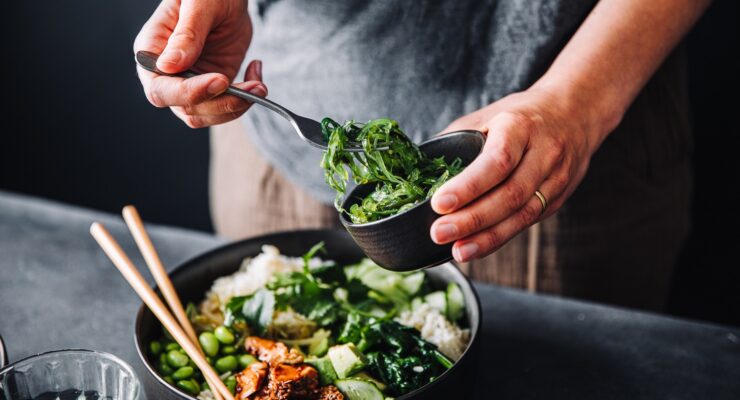The Latest Dirt on the ‘Dirty Dozen’
Article posted in: Diet & Nutrition
The Environmental Working Group’s (EWG’s) 2016 Shopper’s Guide to Pesticides in Produce™ was recently released with an updated version of this year’s Dirty Dozen and Clean Fifteen guidelines. While the country as a whole moves toward clean eating, it’s the perfect time for us to get acquainted with these crucial findings. As consumers, it’s important that we be cognizant of the foods we put in our bodies and the unseen hazards that may exist in what we eat. When it comes to fruits and vegetables, the EWG reports that much of the domestically and internationally grown produce sold in the U.S. contains multiple pesticides with varying toxicity levels that have been proven to cause damage through human consumption, especially in children.
While the purpose of pesticides is to kill living organisms like bugs and fungi, using them can negatively impact the vitality and quality of the produce, and can have harmful effects on the consumer. According to EWG, many pesticides have been linked to cancer and shown to disrupt hormones, brain and nervous system functioning, and can irritate external organs. The U.S. Department of Agriculture Pesticide Testing Program confirms that 146 pesticide types have been found in vegetable and fruit samples, with many of the individual fruit and vegetable samplings containing residue from multiple pesticide sources.
While going 100 percent organic would shield you from the harmful side effects of pesticides in your produce, it’s not always plausible for every person or every purchase. Luckily for us, the EWG’s yearly evaluations can be used to help consumers shop wisely. Below you will find the Dirty Dozen, a list of fruits and vegetables that tested highest in levels of pesticide residue and amount of chemicals present in the samples. The EWG recommends for these worst offenders that we choose organic versions to avoid exposure. If that’s not possible, then cooking the veggies would be the next best thing as this practice usually lowers the levels of pesticides present. On the other end of the spectrum, the Clean Fifteen guide lists the produce exhibiting no, or close to no, pesticide exposure or concentration of chemicals, making the conventional versions of these foods safe to eat.
Safely navigate your way through the produce aisle on your next grocery trip with the EWG’s Dirty Dozen and Clean Fifteen lists:
Dirty Dozen:
- Strawberries
- Apples
- Nectarines
- Peaches
- Celery
- Grapes
- Cherries
- Spinach
- Tomatoes
- Sweet Bell Peppers
- Cherry Tomatoes
- Cucumbers
+ Hot Peppers
+ Kale / Collard Greens
* Hot peppers, kale and collard greens received honorable mentions for this list as the pesticides found in each have been classified as highly toxic for the nervous system.
Clean Fifteen:
- Avocados
- Sweet Corn
- Pineapples
- Cabbage
- Sweet Peas, frozen
- Onions
- Asparagus
- Mangos
- Papayas
- Kiwi
- Eggplant
- Honeydew Melon
- Grapefruit
- Cantaloupe
- Cauliflower
* Some sweet corn, papaya and summer squash may have been cultivated from GE seed stock. To avoid, buy organic.








